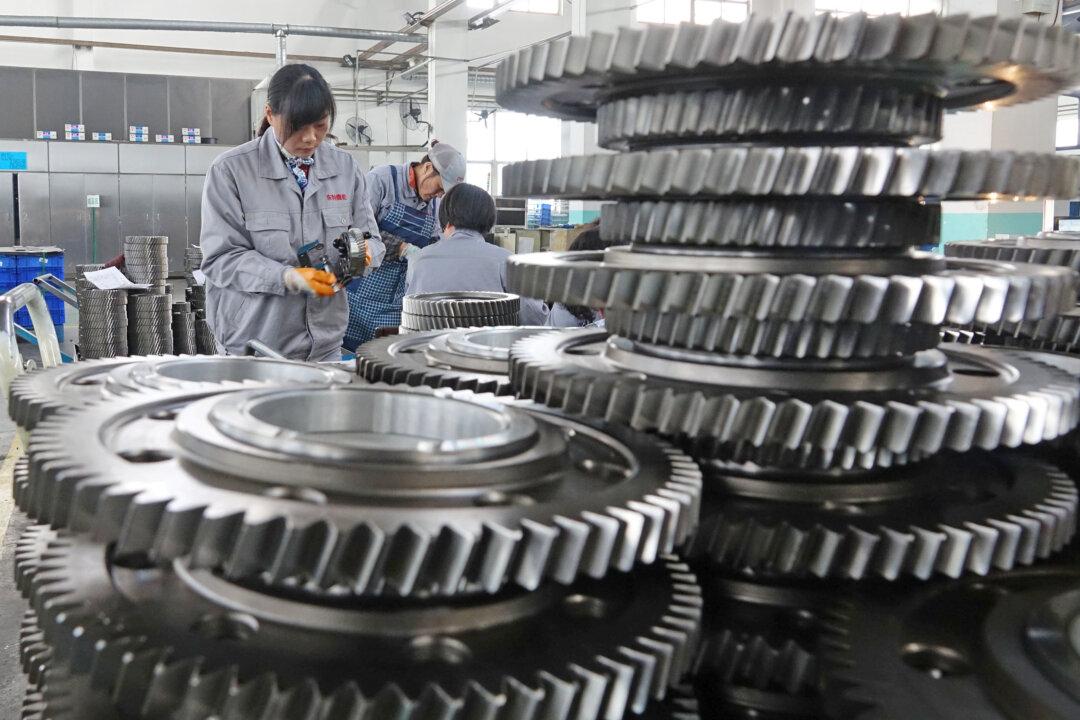BEIJING— China’s factory activity grew slightly in November, a private survey showed, though new export orders extended their decline in a further blow to the sector already hurt by the Sino-U.S. trade frictions.
The Caixin/Markit Manufacturing Purchasing Managers’ Index (PMI) for November, released on Dec. 3, ticked up to 50.2 from 50.1 in October. Economists polled by Reuters had forecast a reading of 50.0, the level that separates expansion from contraction.





